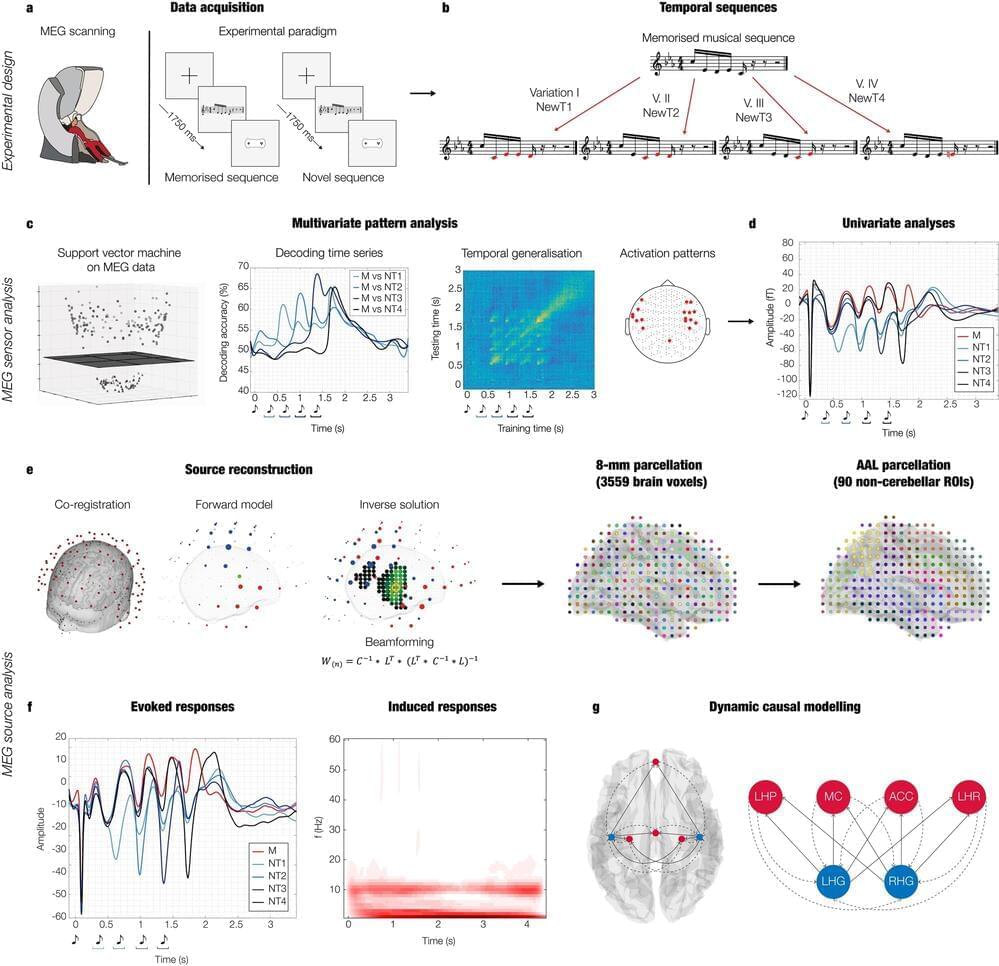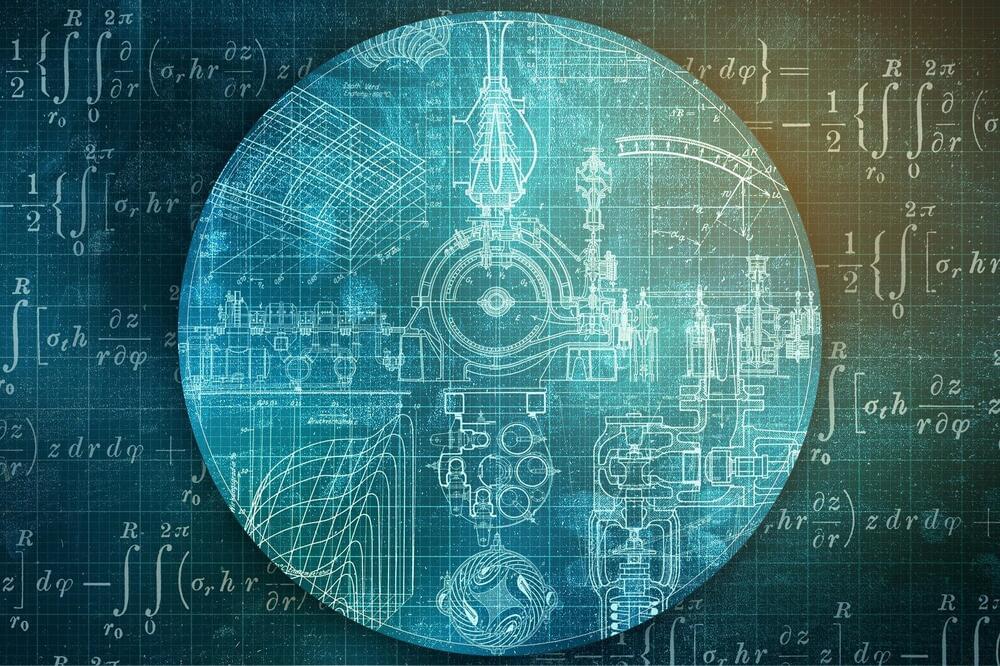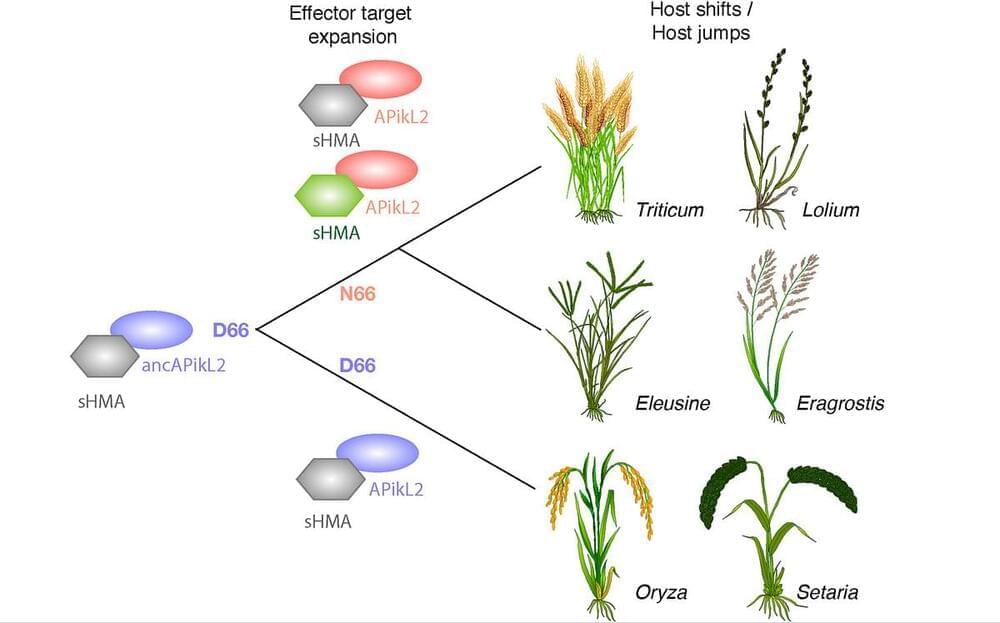Category: media & arts – Page 45
Scientists Discuss Longevity Interventions & Optimisms | 45 — K-Lab Reunion
Check the description to go a little faster.
13 Signs You’re a ZETA Male (Don’t IGNORE These) | Zeta Male Personality Traits
Join us as we explore the different male personality types and the unique char…

Music study reveals brain’s predictive power
Ever heard just a snippet of a song and instantly known what comes next? Or picked up the rhythm of a chorus after just a few notes? New research from the Center for Music in the Brain at Aarhus University and the Centre for Eudaimonia and Human Flourishing at the University of Oxford has uncovered what happens in our brain when we recognize and predict musical sequences.

Navigating the labyrinth: How AI tackles complex data sampling
Generative models have had remarkable success in various applications, from image and video generation to composing music and to language modeling. The problem is that we are lacking in theory, when it comes to the capabilities and limitations of generative models; understandably, this gap can seriously affect how we develop and use them down the line.
One of the main challenges has been the ability to effectively pick samples from complicated data patterns, especially given the limitations of traditional methods when dealing with the kind of high-dimensional and complex data commonly encountered in modern AI applications.
Now, a team of scientists led by Florent Krzakala and Lenka Zdeborová at EPFL has investigated the efficiency of modern neural network-based generative models. The study, published in PNAS, compares these contemporary methods against traditional sampling techniques, focusing on a specific class of probability distributions related to spin glasses and statistical inference problems.
‘Space hairdryer’ regenerates heart tissue in study | BBC News
Gentle shockwaves can help regenerate heart tissue.

Feeling the Beat: Music’s Global Language of Emotion
A study shows music evokes consistent emotional and physical responses globally, driven by inherent biological mechanisms, not culture. Music influences feelings in different body parts based on the emotion it conveys, supporting its role in social bonding.
New research shows that music evokes similar emotions and bodily sensations around the world. The study, by the Turku PET Centre in Finland, was published in the Proceedings of the National Academy of Sciences.
Music can be felt directly in the body. When we hear our favorite catchy song, we are overcome with the urge to move to the music. Music can activate our autonomic nervous system and even cause shivers down the spine. A new study from the Turku PET Centre in Finland shows how emotional music evokes similar bodily sensations across cultures.
Perceptron Research from the 50’s & 60’s, clip
Short clip about perceptron research done in the 1950’s and 1960’s.

Think. Evolutionary. Transitions
In recent years, my lab — or perhaps it’s just me — has developed an obsession with evolutionary transitions. The view that every gene originates from an ancestral state and undergoes impactful changes through its evolutionary journey, whether it’s the gain or loss of an activity or function. The challenge lies in meticulously mapping out these key evolutionary innovations that have significantly influenced function. Addressing this challenge is not merely interesting but absolutely essential in biology. Our aim as biologists transcends understanding how biological systems operate; we seek to unravel how they came to be. And the two questions are more connected than many think.
This post stems from my observation that molecular biologists sometimes appear indifferent to evolution, questioning its relevance to mechanistic research. It baffles me why the centrality of evolution in biology isn’t apparent to some. Maybe they’ve never taken a course on the subject, or perhaps they’ve never fully appreciated the profound concept that every organism and every gene is connected through an unbroken chain of descent to countless ancestors. This perspective holds profound implications for mechanistic molecular biology.
If you already appreciate the link between evolutionary biology and molecular mechanisms, you might find this post to be music to your ears. However, if you’re among those who question the value of evolutionary biology, I encourage you to stay with me; you might discover its significance in ways you hadn’t considered before.
Birds as Keepers of Human History: The Curious Case of the Flute-Playing Lyrebird
We are not alone 🎶🌐🎶 “Birds as keepers of human history… Read the full story and listen to lyrebirds mimicking the sound of everything from cameras clicking to chainsaws revving”👇
Birds as keepers of human history… Read the full story and listen to lyrebirds mimicking the sound of everything from cameras clicking to chainsaws revving👇
Have you ever heard a bird singing a melody that sounds suspiciously like a human tune? Well, that’s not as far-fetched as it seems.
Deep in the forests of southeastern Australia lives one of nature’s greatest vocal impressionists – the superb lyrebird. This pheasant-sized songbird is renowned for its breathtaking ability to mimic sounds from its environment with uncanny accuracy. From the cackling laughter of kookaburras to the strident whip-crack calls of other birds, the lyrebird can recreate these sounds so perfectly that even the original species is fooled.
But the lyrebird’s repertoire extends far beyond just imitating its feathered neighbors. These avian virtuosos can also mimic man-made sounds like cameras clicking, chainsaws revving, fire alarms blaring, and even human voices and music. Up to 80% of a male lyrebird’s rich, complex song consists of meticulously learned mimicry woven together. An individual bird may accurately reproduce the calls of over 20 different species.